This method is easy, intuitive and requires very little math.
You will need:
- Any flat flexible sheet material (ex. paper plates for this how-to)
- Pencil or pen
- Scissors
- Stapler, tape, glue or fasteners
- Ruler or straight edge
- Protractor
Step 1 Flatten Plates
Flatten the paper plates with roller or a straight edge. Select one plate to use as a template.
Step 2 Make a Template
Determine the required angle you need by dividing 360 degrees by the number of paper plates you are using. Finish the template by cutting this angle out of the paper plate.
Step 3 Mark and Cut Angles
Lay the template evenly onto all of the other paper plates and mark the angle on all the plates, one by one. Cut along one line on each plate stopping at the center point.
Step 4 Overlap Them
 Overlap one cut edge up to the second line on a paper plate. By overlapping them at the calculated angle, you have formed an obtuse cone. Fasten the edges firmly together. A cone is very simple to make demonstrating the facility with which one can create the basic building materials for this type of dome. The RanDome building method presumes circles but any shape vertex element can be used. In a disaster situation, any lightweight, flexible sheet material can be used. The appropriate stiffness and resistance necessary for building material is often acquired simply by conifying it.
Overlap one cut edge up to the second line on a paper plate. By overlapping them at the calculated angle, you have formed an obtuse cone. Fasten the edges firmly together. A cone is very simple to make demonstrating the facility with which one can create the basic building materials for this type of dome. The RanDome building method presumes circles but any shape vertex element can be used. In a disaster situation, any lightweight, flexible sheet material can be used. The appropriate stiffness and resistance necessary for building material is often acquired simply by conifying it.
Step 5 Fasten and Shape the Dome
Fasten one plate to another plate to create a dome from the top down. Start by forming bowl of plates and build outwardly. The only requirement is that the plates higher up on the dome overlap the ones beneath them to make the structure leakproof. The size of the dome depends on the number of circles one has to work with.
Warning
- Use heaters wisely and keep them away from anything that can burn or catch fire.
Tips
- The dome can be rolled up into a cigar shape for easy transport. See the video above.
- In a real life need-for-shelter situation, any combination of lightweight, flexible sheet material can be used. Please be aware of the flammability of the materials chosen. Aluminum is great because of its resistance to fire, water, UV rays, insects and deterioration.
- A tent could be set up inside the sturdy shell of the dome for extra protection.
- To make a complete sphere instead of a half sphere described above, you would divide 720 degrees by the number of plates.
- For free consultation during your building process, you can email the creator, Dick Fischbeck, at dick.fischbeck@gmail.com.
- Click here to learn about how a RanDome saved the day at an Occupy Maine protest at Lincoln Park in October 2011.
RanDome is patented under a Creative Commons License, meaning that anyone can copy, mimic and distribute the design for non-commercial purposes.
Just updated your iPhone? You'll find new emoji, enhanced security, podcast transcripts, Apple Cash virtual numbers, and other useful features. There are even new additions hidden within Safari. Find out what's new and changed on your iPhone with the iOS 17.4 update.



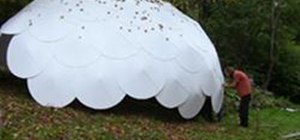

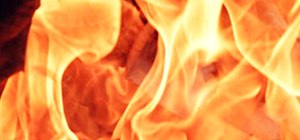
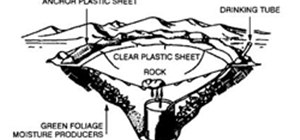
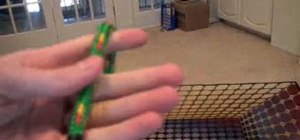
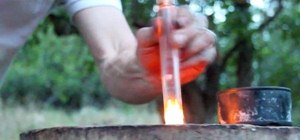

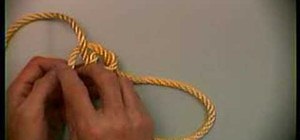

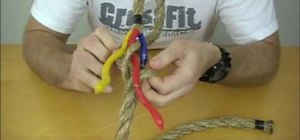
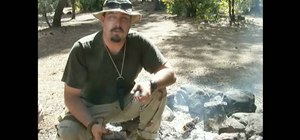
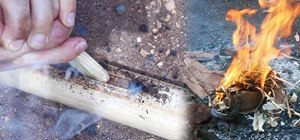
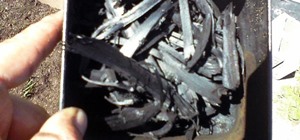
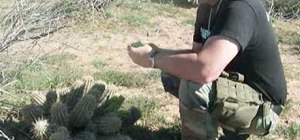
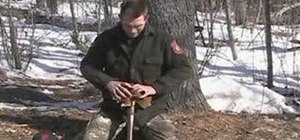



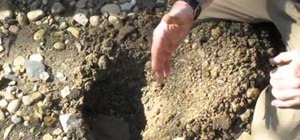


3 Comments
Could you create a demonstration on how to build one doing the math calculations etc? Would like to do this with my son on a small scale for a science project. Paper plates seem good for something small, but the scale on the video seems out of context what was used here?
The RanDome in the video is made out of corrugated polyethylene plastic which is the same material used to make those boxes used at the post office to sort and carry mail around. One idea for a kids' project is to use cardboard. The vertex elements do not have to be circles, they can be any shape. Mr. Fischbeck is working on a video tutorial which will demonstate the RanDome building method from start to finish. Add yourself to our mailing list if you would like to be informed when that is available. http://randome.info/pages/request-information
For a hemisphere-
2.4 A / a = N
Big 'A' is the area of the dome footprint.
Little 'a' is the area of the vertex element, independent of shape (circle, square, etc.)
N is the number of elements.
The constant allows for a 20% overlap of the elements.
Share Your Thoughts